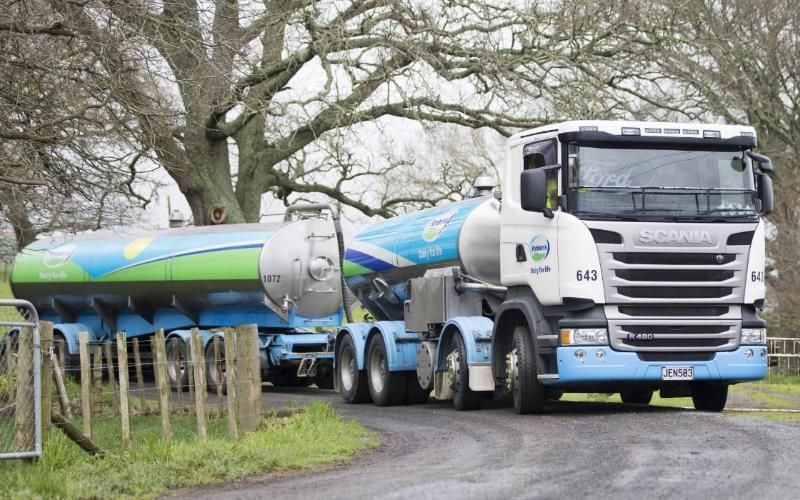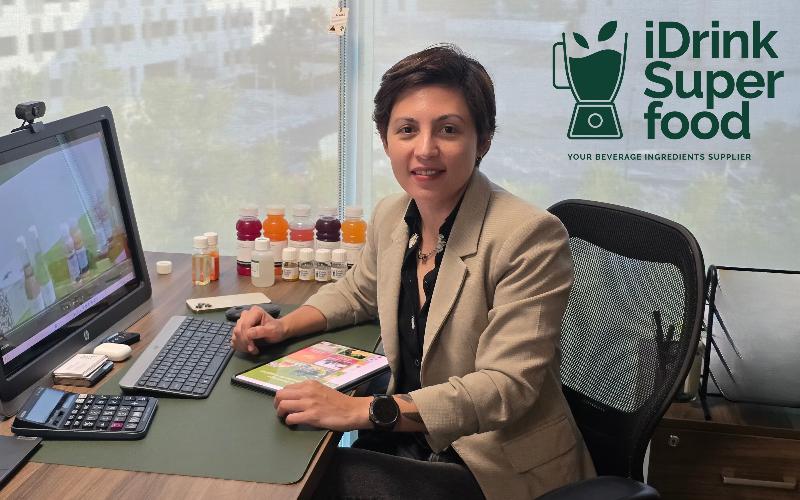Fonterra’s Proposed Capital Return Could Energize the New Zealand Economy
Sourse: www.scoop.co.nz
ASB economists suggest that Fonterra's sale of its Anchor and Mainland brands could unlock $4.5 billion in spending, positively impacting key sectors in New Zealand.

ASB economists have projected that Fonterra’s potential sale of its Anchor and Mainland brands to Lactalis could release about $4.5 billion in consumer spending, significantly benefiting New Zealand's economy. The transaction, expected to conclude in early 2026 pending regulatory approval, would bring a tax-free capital return of approximately $3.2 billion to around 8,000 shareholder farms. Around $2.2 billion of this total is anticipated to enhance three critical sectors: manufacturing, retail/accommodation, and real estate.
ASB Chief Economist Nick Tuffley states that the capital return could offer a significant economic boost, particularly for dairy farmers who would receive, on average, around $392,000. Tuffley elaborates, "This capital injection is expected to energise key sectors - particularly manufacturing, retail, accommodation, and real estate - supporting local businesses and communities." While farmers are likely to save or reduce debt, there is optimism that investments in newer equipment and infrastructure could stimulate manufacturing, with broader impacts on retail and property markets as financial confidence grows. Tuffley further notes that even if the capital return does not solely drive economic recovery, it lays a foundation supporting growth in vital sectors.
The backdrop to this proposal is a solid performance from dairy incomes, buoyed by global demand and stable commodity prices, which maintain high profitability projections for dairy farms. Yet, this strategic pivot to refocus on commodity emphasizes both prospects and vulnerabilities, particularly as global market dynamics and consumer trends evolve.
ASB Chief Economist Nick Tuffley states that the capital return could offer a significant economic boost, particularly for dairy farmers who would receive, on average, around $392,000. Tuffley elaborates, "This capital injection is expected to energise key sectors - particularly manufacturing, retail, accommodation, and real estate - supporting local businesses and communities." While farmers are likely to save or reduce debt, there is optimism that investments in newer equipment and infrastructure could stimulate manufacturing, with broader impacts on retail and property markets as financial confidence grows. Tuffley further notes that even if the capital return does not solely drive economic recovery, it lays a foundation supporting growth in vital sectors.
The backdrop to this proposal is a solid performance from dairy incomes, buoyed by global demand and stable commodity prices, which maintain high profitability projections for dairy farms. Yet, this strategic pivot to refocus on commodity emphasizes both prospects and vulnerabilities, particularly as global market dynamics and consumer trends evolve.











